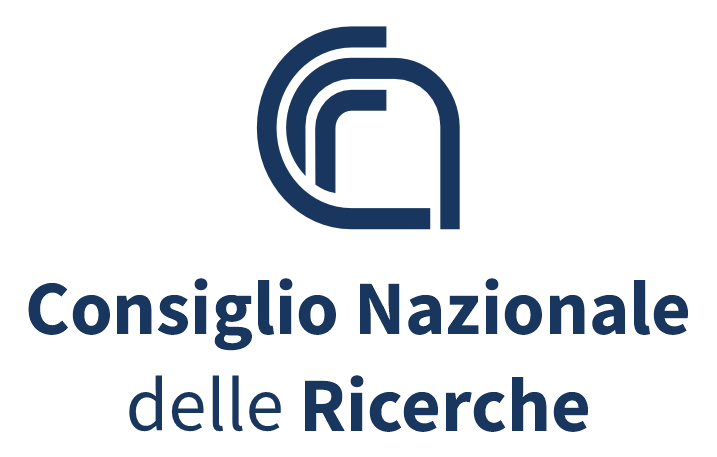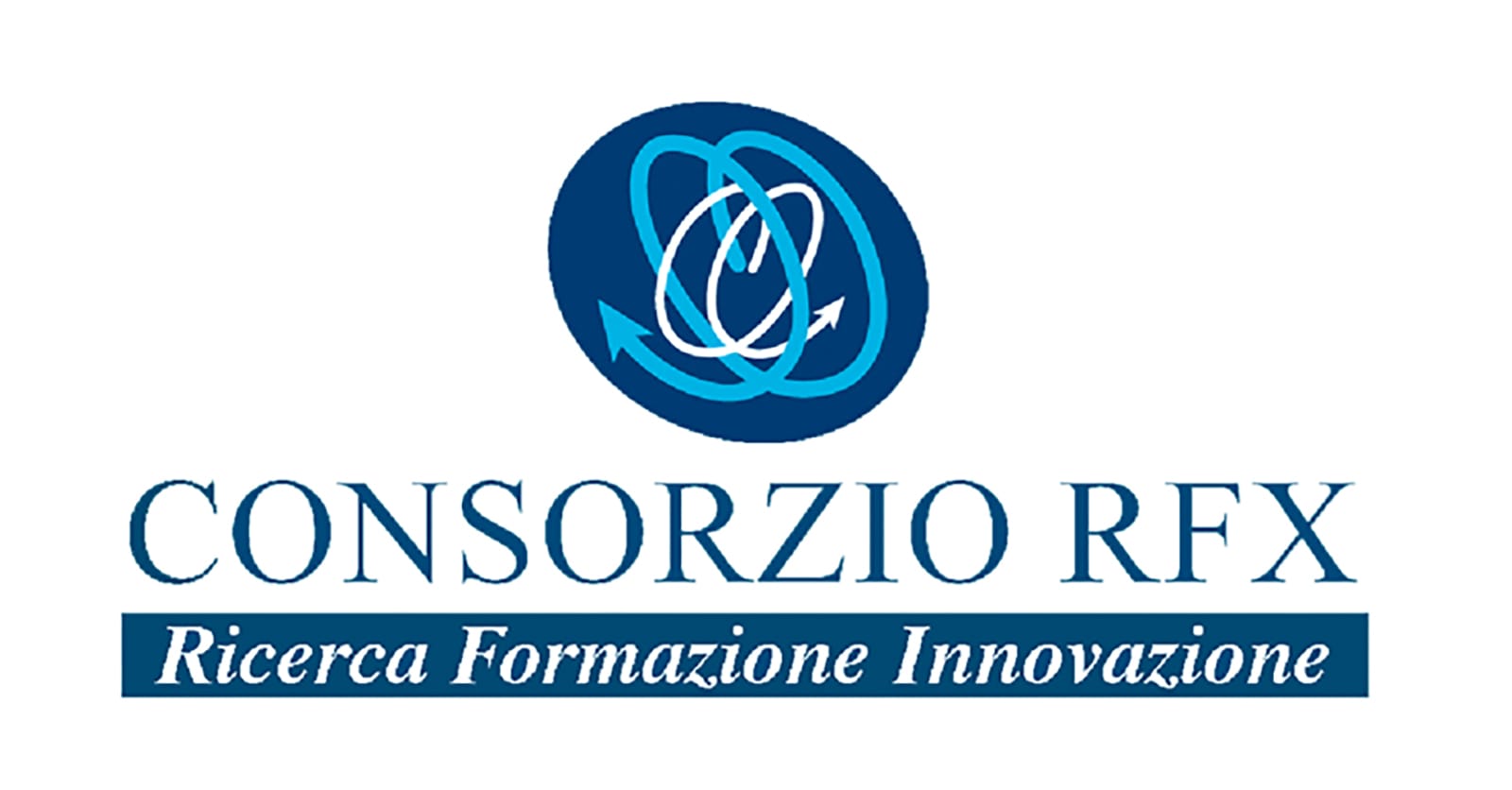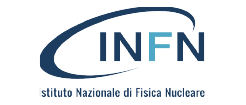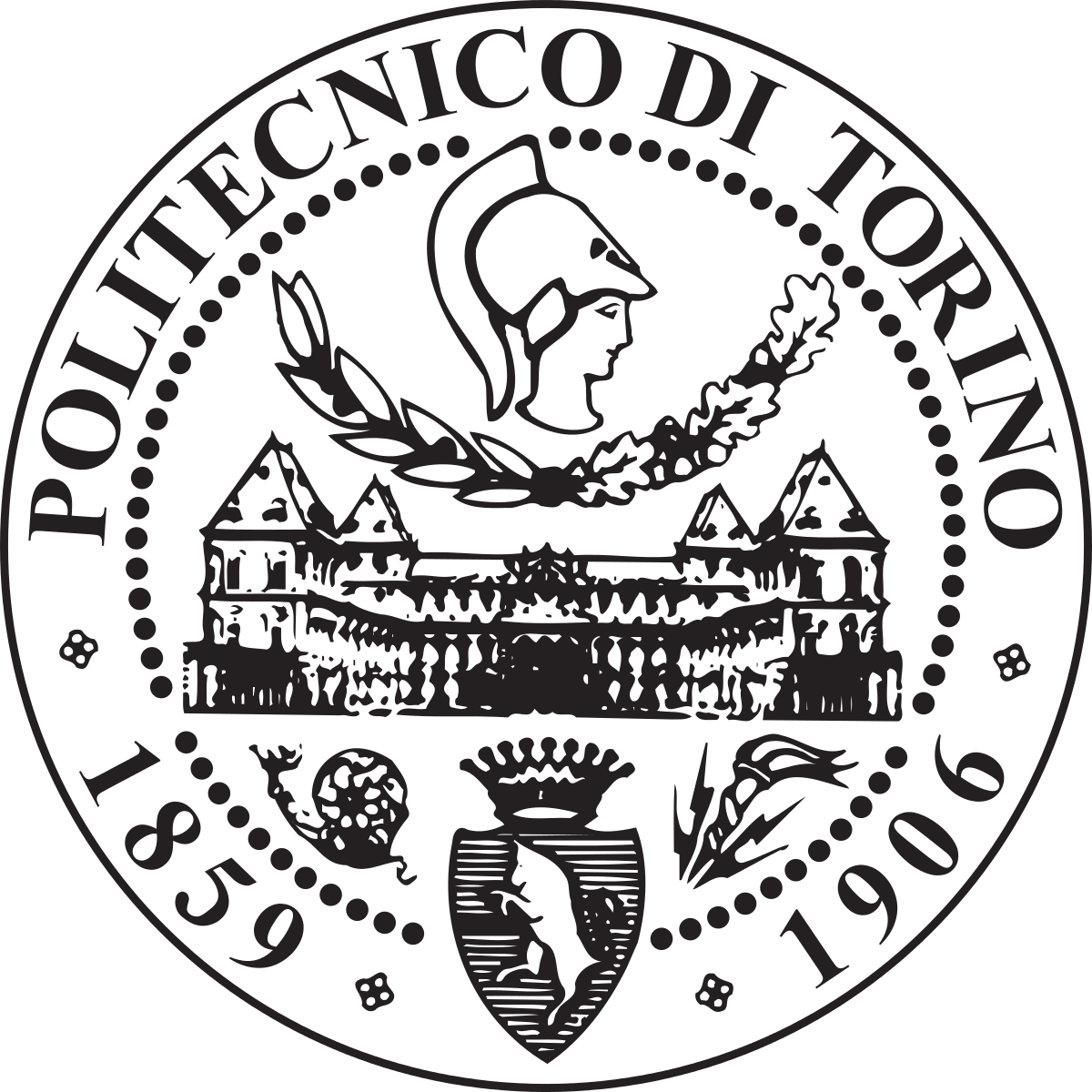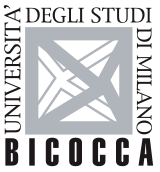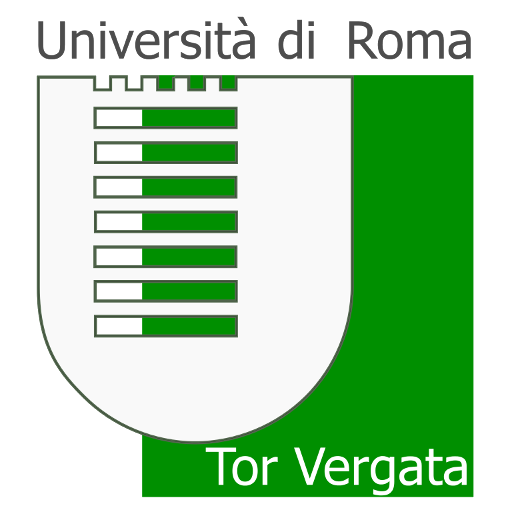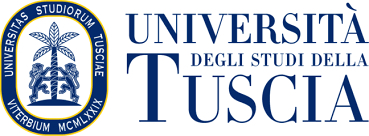DESCRIPTION OF DTT FOR THE PRESS: SHORT FORM
This is a compact form of the DTT presentation. Journalists can find an extended form in the next section and further information on the site.
DTT images are available in the "Gallery" section.
For further needs you can contact:
THE DIVERTOR TOKAMAT TEST FACILITY: STRATEGIC INFRASTRUCTURE
The Divertor Tokamak Test facility (DTT) is a strategic infrastructure in the global roadmap towards the energy of the future, one of the most ambitious research projects aimed to provide energy from fusion of nuclei in a framework of de-carbonization process.
The project has been carried out by the Italian scientific community in frame of a large European scientific cooperation.
DTT is realized thanks to state and private funding of over 600 million euro and is partially supported by EUROfusion, the European consortium for scientific fusion research activities.
DTT benefits from a strong cooperation with National and European industry in the most advanced sectors of technology.
The DTT team incudes highly qualified personnel of some of the most prestigious leading universities and national research institutions.
For more information:
- Nov 2017: Fusion Engineering and Design publishes a special issue on DTT (Special Section of FED Vol 122, 2017, pp 253-294 and E1-E25
- April 2019 ENEA publishes “DTT - Divertor Tokamak Test facility – Interim Design Report” (“Green Book”)
- R. Ambrosino, et al. (2021) “DTT - Divertor Tokamak Test facility: A testbed for DEMO”. In: Fusion Engineering and Design 167. DOI: https://doi.org/10.1016/j.fusengdes.2021.112330







